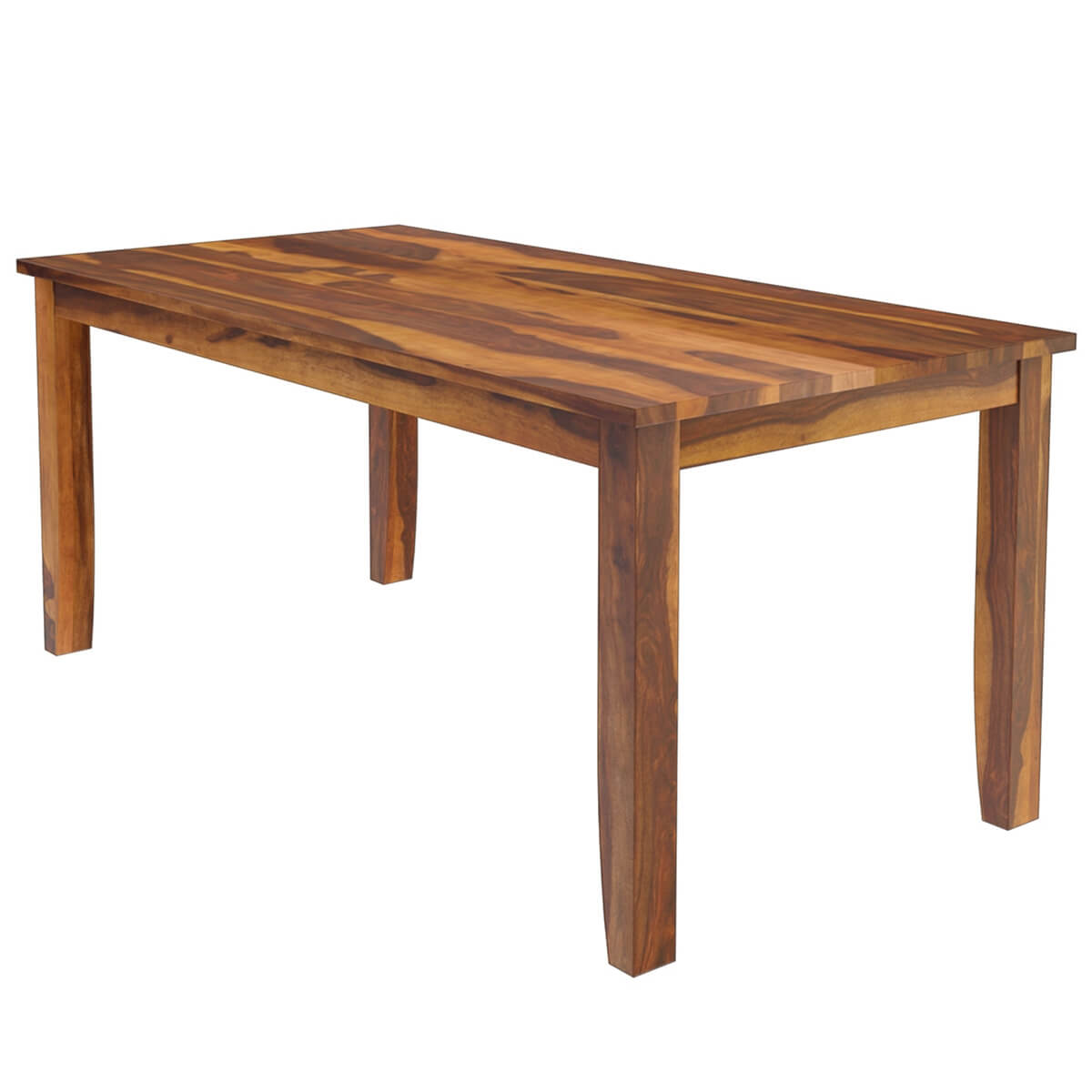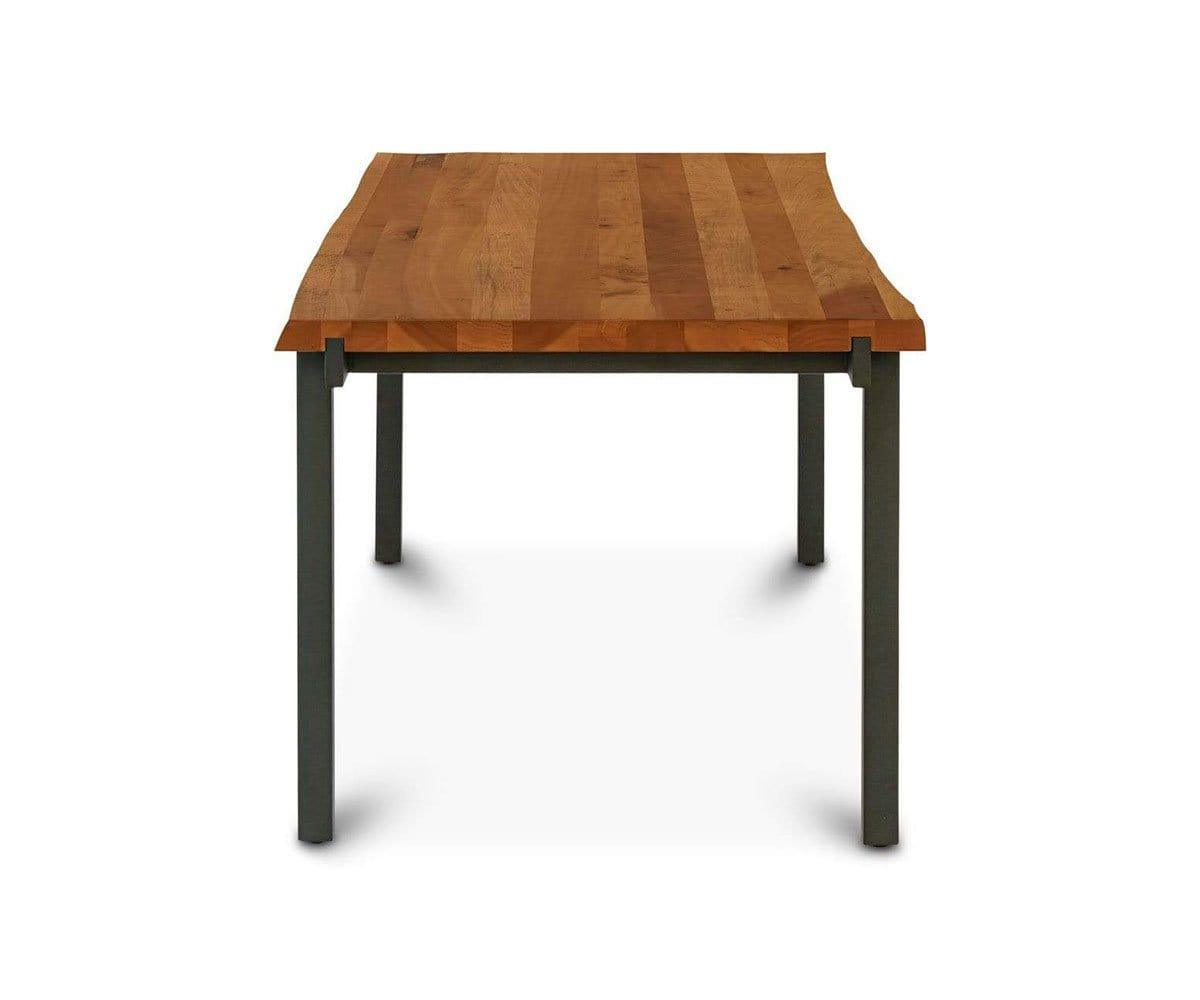Include Stamina and Beauty Making Use Of Strong Dining Table Legs Wood Parts
Include Stamina and Beauty Making Use Of Strong Dining Table Legs Wood Parts
Blog Article
Key Elements to Bear In Mind for Dining Table Legs Wood Choices
When choosing timber for dining table legs, several important elements call for careful consideration to make sure both functionality and visual allure. The selection of timber kind, identified by its durability and distinct grain patterns, plays a pivotal duty in the overall layout and longevity of the piece. Additionally, one need to ponder upkeep demands and the environmental ramifications of sourcing materials. As these aspects intertwine, they substantially affect the final result of your eating table. However, understanding the subtleties of each element can be complicated, resulting in crucial choices that merit additional exploration.
Timber Types and Characteristics
When picking wood for eating table legs, it is vital to understand the special characteristics of various timber kinds. Various woods use distinct advantages and downsides, affecting both the resilience and aesthetic appeal of the ended up product.
Hardwoods, such as oak, maple, and cherry, are generally chosen for their toughness and resistance to put on. Oak, understood for its remarkable durability, additionally features a famous grain that can include character to the table. Maple uses a smooth surface and is much less vulnerable to bending, making it a reputable choice for functional furniture. Cherry timber, with its rich shade that grows with time, gives an extravagant look however may need more maintenance to avoid scratches.
On the various other hand, softwoods like ache and fir are much more cost effective and much easier to function with, yet they are less resilient than hardwoods. Pine is lightweight and includes a cozy, rustic look, making it a popular choice for laid-back dining settings. Nevertheless, it is a lot more susceptible to dents and scrapes.
Comprehending these characteristics will assist in making an informed choice to make certain the legs of the eating table fulfill both functional and aesthetic demands.
Grain Patterns and Looks
Choosing the ideal grain pattern can considerably enhance the aesthetic appeal of table legs. The wood's grain is not simply an aesthetic quality; it imparts an one-of-a-kind personality and beauty per piece. Different timber species exhibit unique grain patterns, varying from the straight lines of maple to the elaborate swirls of oak and the striking figure of walnut. These patterns can evoke numerous designs, from rustic to modern, making it important to select a grain that lines up with the general design of the dining space.
In addition, the orientation and scale of the grain can affect the viewed size and sophistication of the table. Bigger, much more obvious grains may offer a bold, remarkable effect, while finer, subtler grains can create a refined, underrated appearance. In addition, the finishing procedure can better enhance these patterns, highlighting the natural elegance of the timber and bringing out abundant hues.
Inevitably, the choice of grain pattern ought to balance with other design elements, such as the tabletop and bordering furniture, making certain a natural visual that elevates the eating experience. Thoughtful selection of wood grain not only contributes to the table's elegance but likewise reflects the proprietor's taste and style.
Longevity and Stamina
The resilience and stamina of eating table legs are extremely important considerations for ensuring durability and security in any kind description of eating space. Choosing the best timber is vital, as different varieties display differing degrees of durability.

Eventually, buying top quality timber and durable construction techniques will certainly produce an eating table that stands the test of time, while providing a trusted foundation for countless dishes shared among friends and family. Prioritizing toughness and strength makes sure that your dining table continues to be practical and aesthetically pleasing for many years to come.
Maintenance and Treatment
Correct maintenance and treatment are important for maintaining the durability and strength of eating table legs made from wood. Normal cleansing is vital; making use of a soft, moist cloth guarantees that dirt and debris do not build up, which can cause scratches and monotony. It is suggested to stay clear of extreme chemicals or rough materials that might damage the finish.
In addition, applying an ideal timber polish or wax periodically can aid keep the sheen and check out here protect the timber from wetness and spills. It is vital to adhere to the maker's suggestions regarding the type of item to make use of, as specific coatings might react detrimentally to certain chemicals.
Moisture and temperature level variations can likewise influence wooden table legs, triggering them to warp or crack. It's ideal to place the table far from straight sunlight and heat resources. Addressing these immediately can avoid additional damages. if the table legs have any kind of damages or scratches.
Last but not least, occasionally examining the joints and screws for rigidity is essential to preserve architectural integrity (Dining Table Legs Wood). By adhering to these maintenance methods, property owners can guarantee their wood eating table legs remain practical and attractive for years to find
Ecological Factors To Consider
When choosing timber for eating table legs, it's important to take environmental factors to consider into account. The sourcing and sustainability of wood are critical in reducing environmental effect. Deciding for timber from licensed sources, such as those supported by the Woodland Stewardship Council (FSC), makes certain that the hardwood is gathered properly, advertising woodland preservation and biodiversity.

Additionally, neighborhood sourcing of timber lowers transportation discharges, supporting local economies while lessening environmental effect. It is also recommended to be conscious of the timber's therapy and ending up procedures, as specific chemicals can be hazardous to both human wellness and the atmosphere. By prioritizing sustainable timber choices, customers can add to ecological preservation while taking pleasure in the durability and beauty of their table legs.
Verdict
In verdict, choosing timber for dining table legs necessitates careful factor to consider of various aspects, including wood types, grain patterns, and sturdiness. Upkeep requirements and ecological sustainability further impact timber choices, stressing the value of sourcing from certified or recovered products.
When picking wood for dining table legs, numerous important factors warrant mindful consideration to guarantee both capability and aesthetic charm.Correct maintenance and care are crucial for preserving the longevity and strength of dining table legs made from wood.When choosing wood for dining table find here legs, it's necessary to take ecological factors to consider into account. By prioritizing sustainable wood options, consumers can contribute to environmental preservation while taking pleasure in the longevity and charm of their eating table legs.
In final thought, choosing wood for eating table legs requires mindful consideration of different aspects, consisting of timber types, grain patterns, and longevity. Dining Table Legs Wood.
Report this page